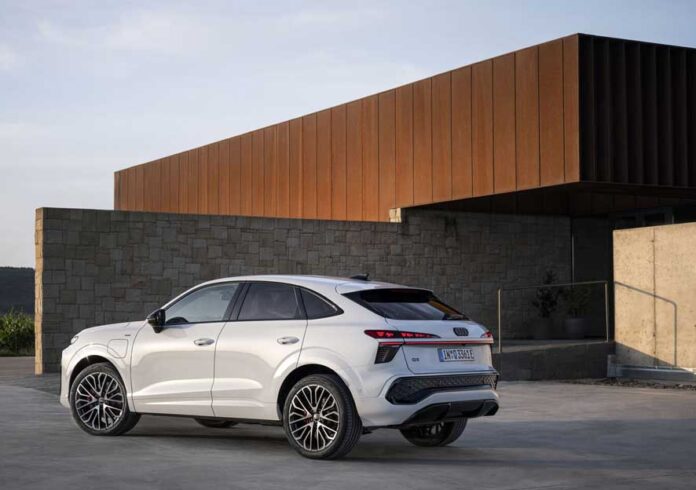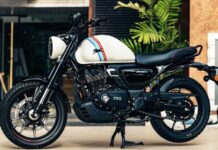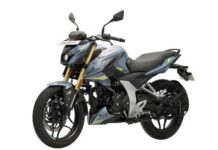
The third-generation Audi Q3 sets new benchmarks in the premium compact SUV segment. With a bold and emotional design in both SUV and Sportback forms, it blends style with substance. Packed with advanced digital features and driver assistance systems, the new Q3 offers enhanced comfort, safety, and a first-class user experience.
Key highlights include a balanced suspension setup, innovative digital Matrix LED headlights with adaptive micro-LED technology, and high levels of personalization. Under the hood, the Q3 features efficient, partially electrified engines, including a mild-hybrid system and a plug-in hybrid variant offering an electric range of up to 119 kilometers.
Gernot Döllner, CEO of AUDI AG, highlighted the significance of the Audi Q3, stating, “With over two million units sold globally since its debut, the Q3 remains one of our top-selling models and holds a key place in our lineup. The third generation marks a major step forward in our product initiative, featuring efficient combustion engines, a powerful plug-in hybrid, and enhanced driving dynamics and comfort.”
The new Q3 introduces adaptive suspension, offering a refined balance between comfort and sportiness. Geoffrey Bouquot, Board Member for Technical Development at AUDI AG, added, “We’re bringing the digital experience of our full-size models into the compact segment. The Audi Q3’s advanced user interface and driver assistance systems enhance safety, comfort, and everyday usability, making it the perfect digital companion.”
Compared to its predecessor, the new Audi Q3 has an even more emotional design. The wide Singleframe and the sleekly tapered headlights are fully integrated into the aerodynamic concept.
Viewed from the side, a horizontal shoulder line between the headlights and rear lights visually divides the car into two parts, creating a very special distribution of light and shadow.
In addition to classic SUV advantages like easy entry, excellent visibility, and a practical interior layout, the second generation of the Audi Q3 Sportback combines the strengths of an SUV with the aesthetics of a coupé. Its roofline, which slopes downward from the A-pillar, is 29 millimeters lower than that of the SUV. This gives the Audi Q3 Sportback an even sportier appearance and a faster silhouette.
The rear is adorned with optional digital OLED rear lights, complemented by a continuous LED light strip and the illuminated rings. This level of lighting technology offered in the new Audi Q3 is available for the first time in the Audi compact segment.
At the front of the Audi Q3, digital Matrix LED headlights feature the micro-LED module used for the first time in this model. The use of this micro-LED technology improves illumination significantly and thus ensures a strong contrast on the road. The light guidance functions are now much more closely linked to the driver assistance functions. The digital daytime running lights with LED technology, consisting of 23 segments per side, create distinctive light signatures that make the vehicle easily recognizable on the road.
In the interior, the new steering wheel control unit means more storage space in the center console, a new user experience, and a better sense of space. The steering wheel control unit integrates two new steering column levers for the first time. The lever on the right serves as a gear selector, the one on the left as a control element for the light functions and windshield wipers. Also for the first time in the compact segment at Audi, it is possible to order acoustic glazing for the front side windows, which makes for better interior acoustics, particularly at high speeds. The 488-liter trunk volume (17.2 cu ft) also demonstrates the practicality of the Audi Q3. With the seat bench folded down, the storage space for the Audi Q3 SUV increases to up to 1,386 liters (48.9 cu ft) (Q3 Sportback to up to 1,289 liters or 45.5 cu ft). The seat bench can be moved lengthwise, and its angle can be adjusted as standard. The Q3 has a towing capacity of up to 2,100 kilograms (approx. 4,630 lb).
The entry-level model in the Audi Q3 family is the 1.5 TFSI with 110 kW of output. This four-cylinder gasoline engine is available with mild hybrid technology. The Audi Q3 with the 2.0 TDI engine and 110 kW of power is especially well-suited for driving long distances. The plug-in hybrid models – the Audi Q3 SUV e-hybrid and Audi Q3 Sportback e-hybrid– deliver a system output of 200 kW, can charge with up to 50 kW DC under ideal conditions, and are more powerful and efficient than ever before. A high-voltage battery with a gross capacity of 25.7 kWh (net 19.7 kWh) was installed for that purpose.
This enables the Q3 SUV e-hybrid to achieve an electric range of up to 119 kilometers in the WLTP test cycle, while the Q3 Sportback e-hybrid can drive up to 118 kilometers purely on electric power.
The further developed standard suspension delivers an improved driving experience. The sports suspension and the suspension with two-valve damper control are available as options for an optimally balanced driving experience. One driving assistance highlight is the adaptive driving assistant plus. For even greater safety on the road, an interior camera also monitors the driver for signs of drowsiness and lack of concentration. Trained parking allows customers to teach the Audi Q3 individual parking maneuvers, and the new reverse assist reliably helps you to back out of dead ends.
The new Audi Q3 will launch in October; orders can already be placed. The Audi Q3 SUV TFSI 110 kW will be available in Germany at an entry-level price starting at 44,600 euros. The Audi Q3 Sportback TFSI 110 kW is priced at 46,450 euros and will launch in November.






